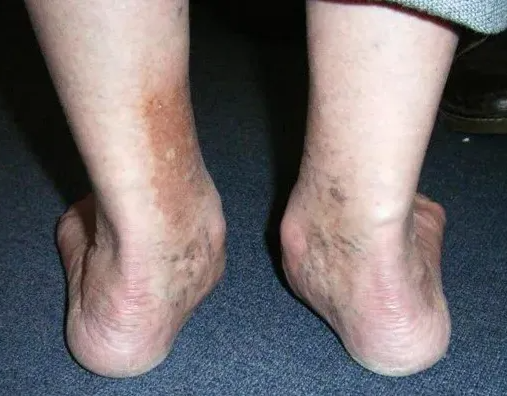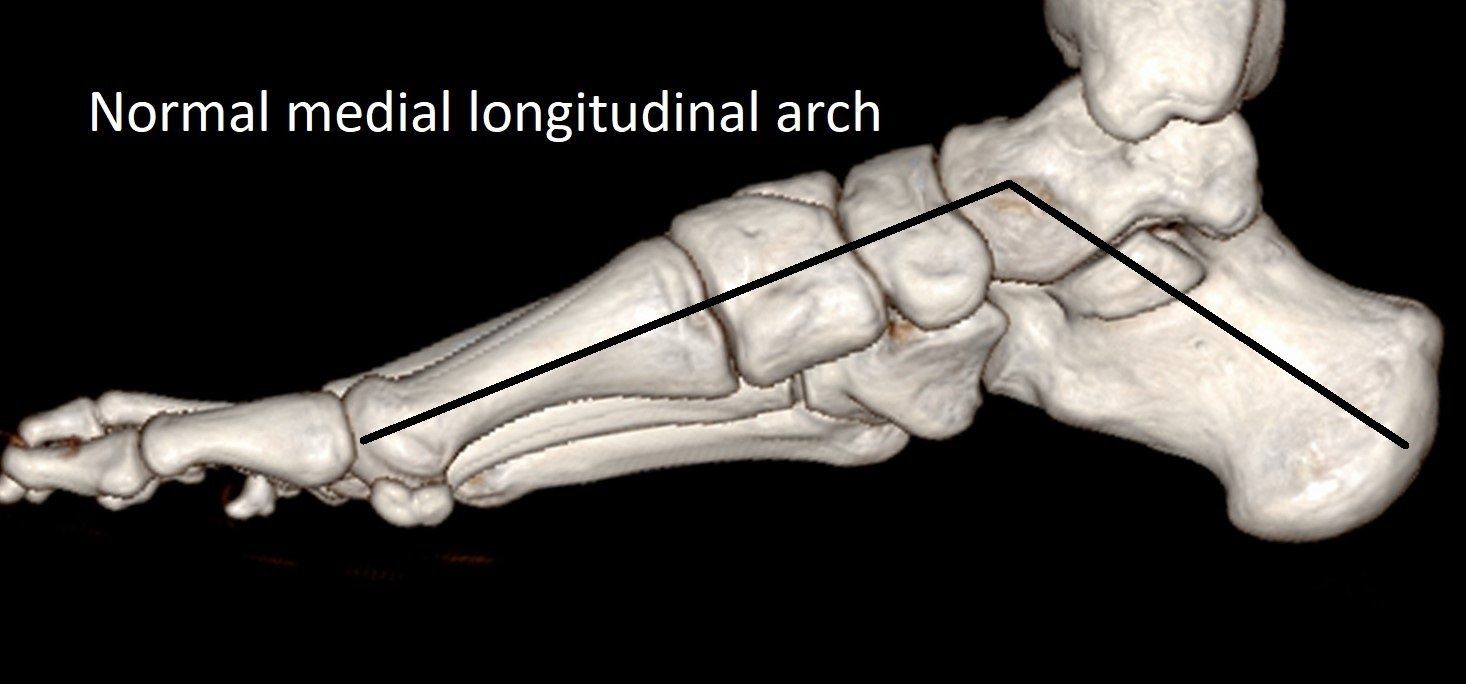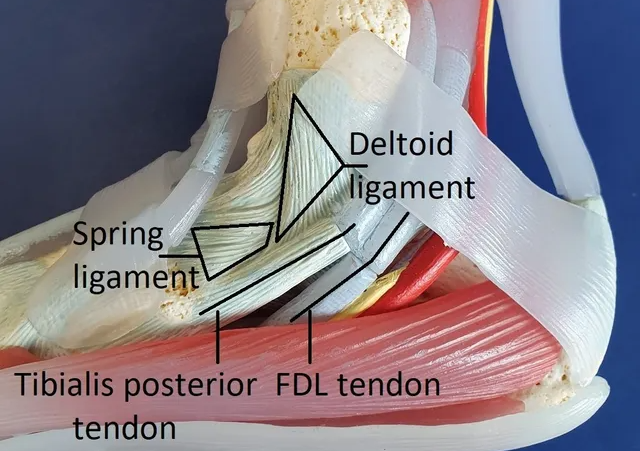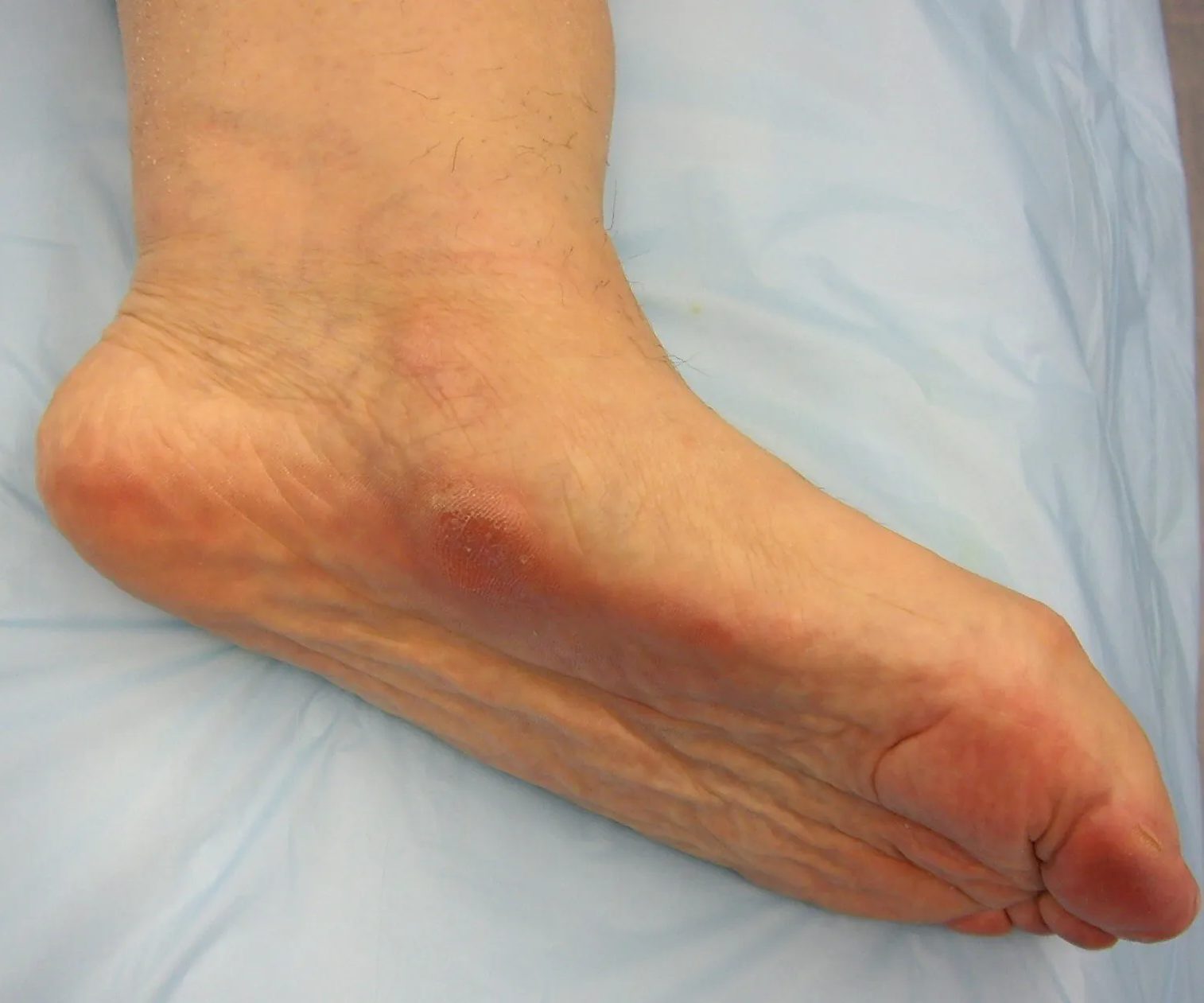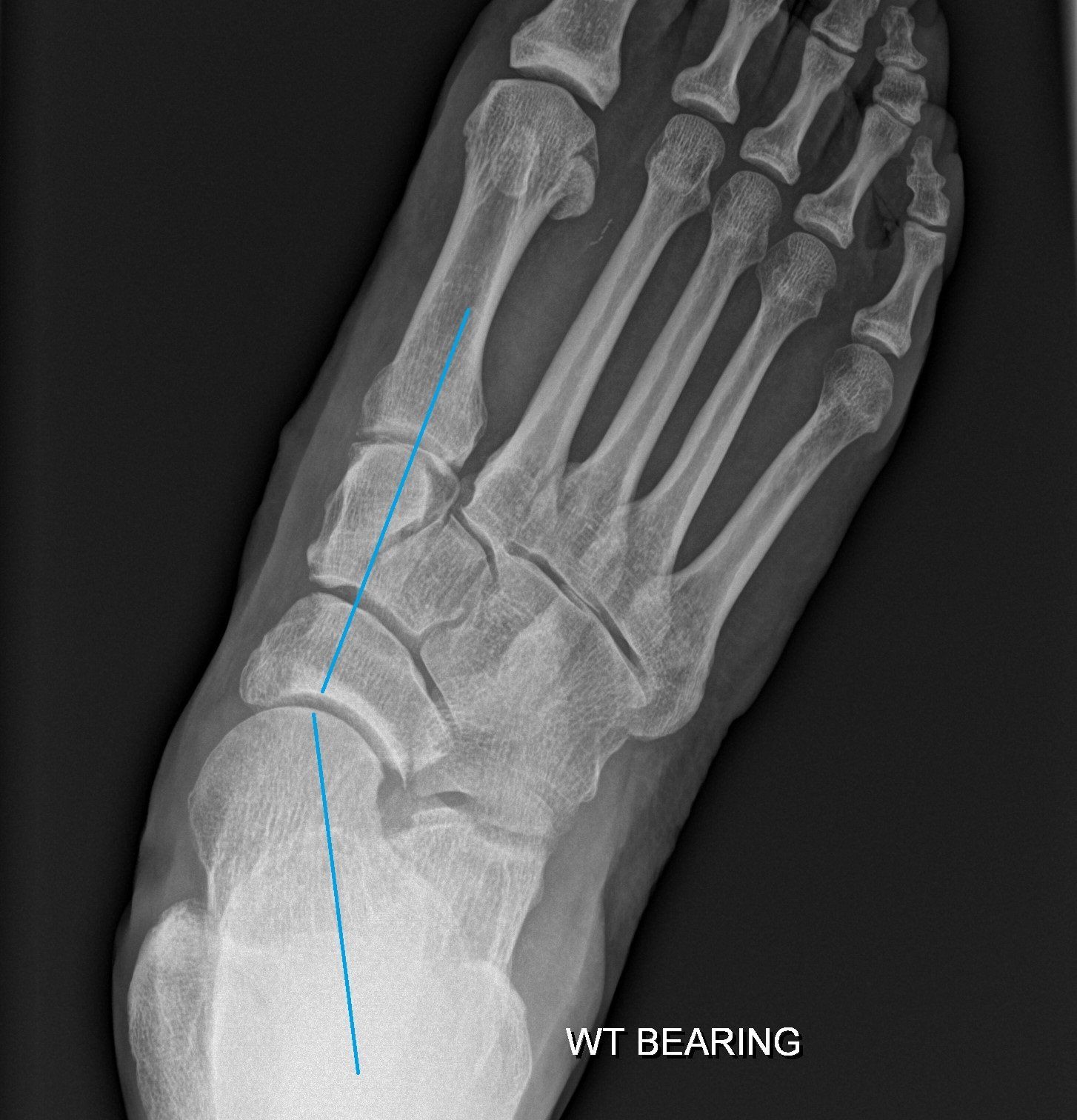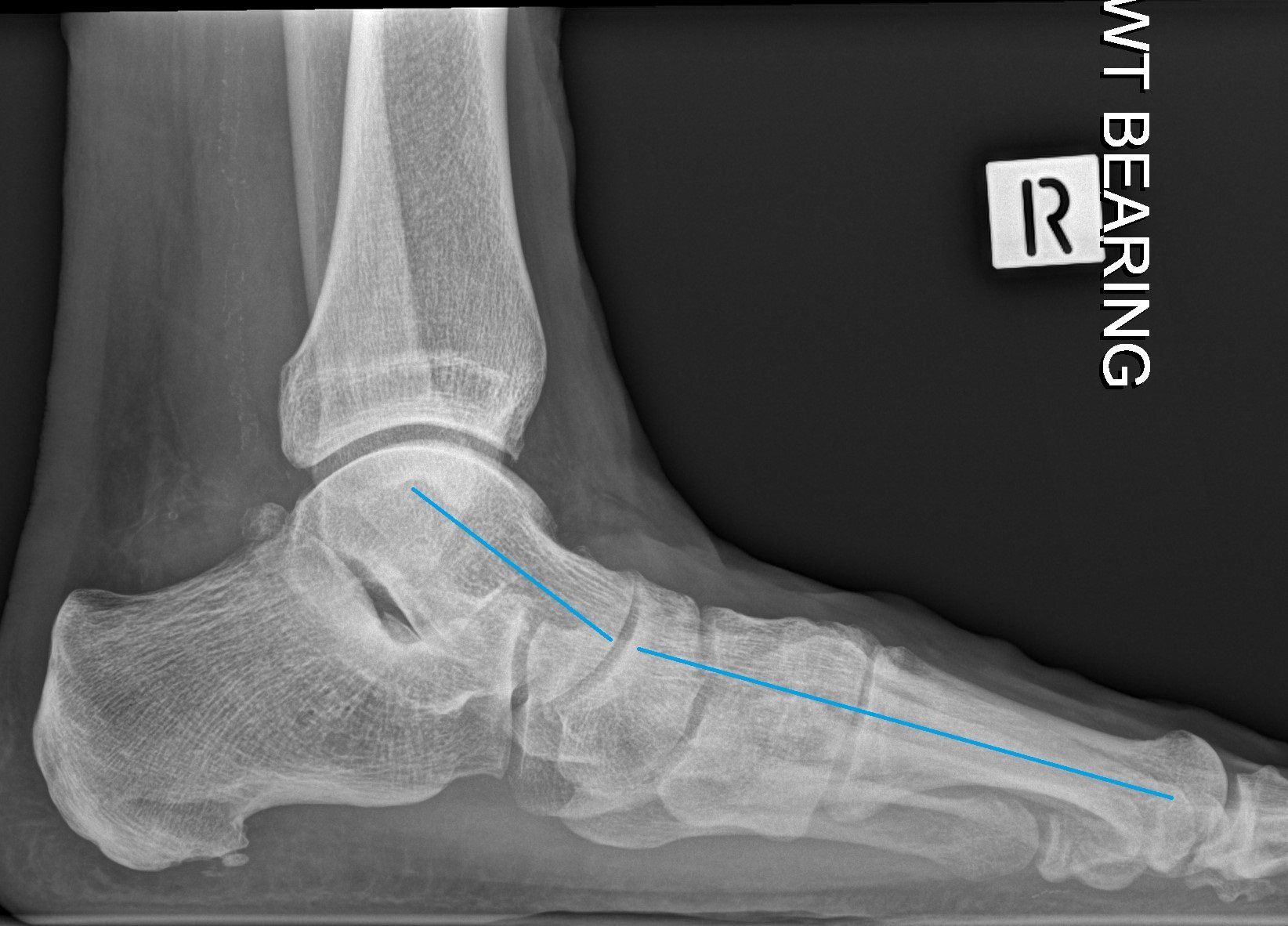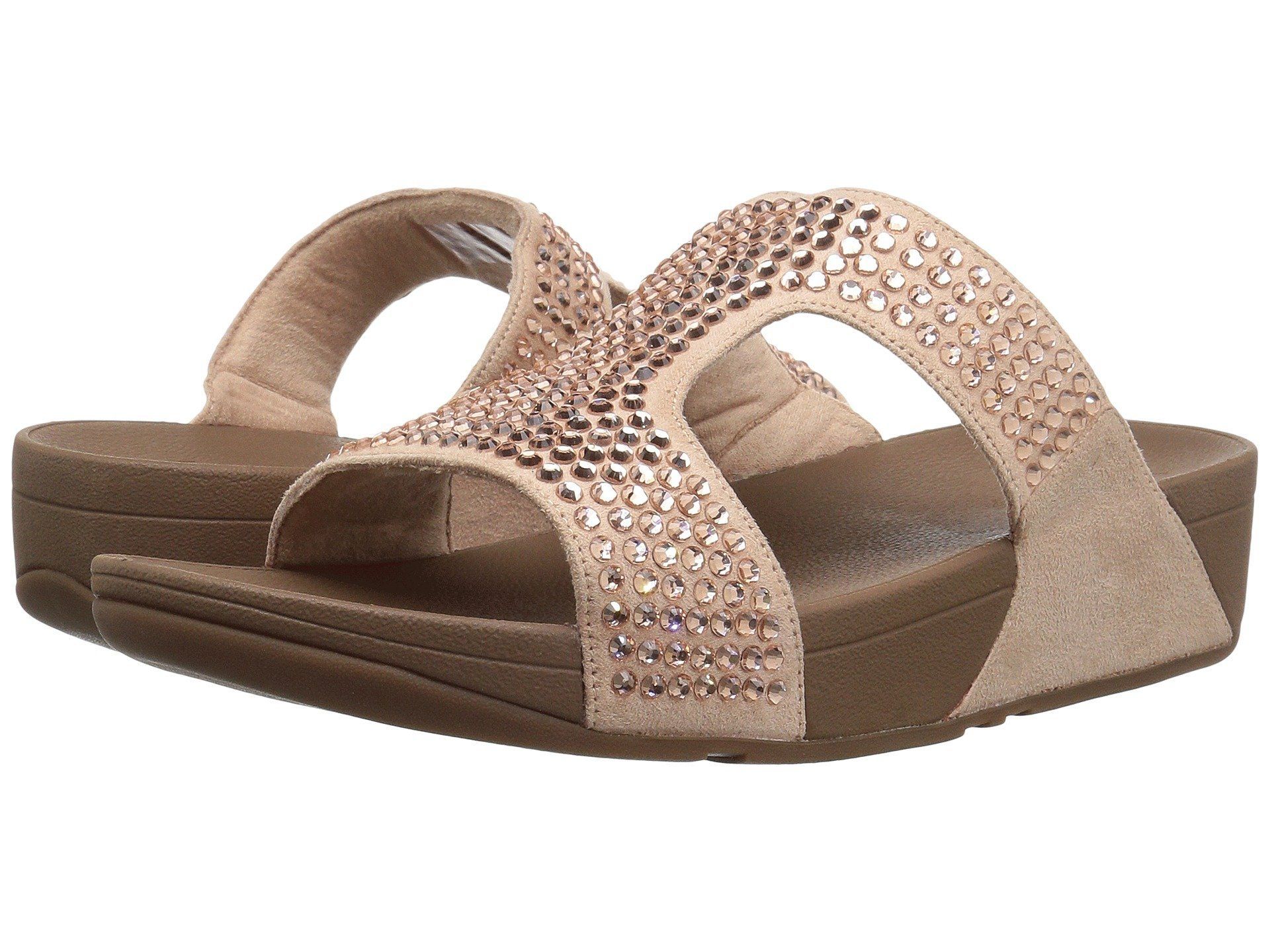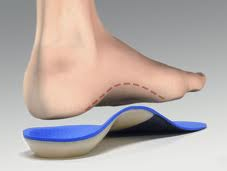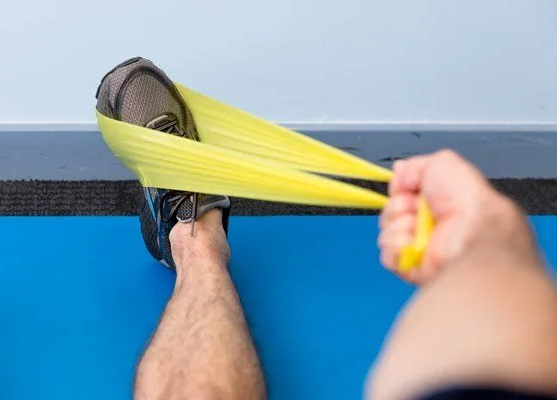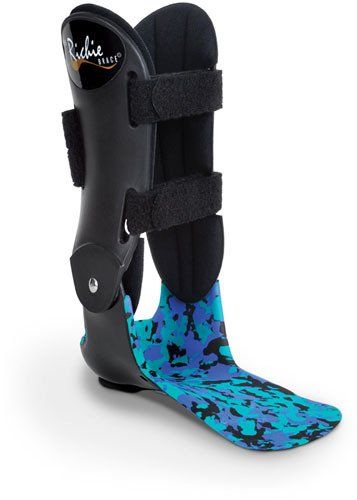Flat Foot in Adults
What is Adult Acquired Flat Foot?
- Mild flat feet are common and normal.
- Some people develop very flat feet in childhood that remain flat through life.
- Others have normal arches that flatten and become painful in middle age. This condition is now called adult acquired flat-foot deformity (AAFD) or progressive collapsing foot deformity. One foot is usually worse than the other.
These terms are very general and recognise this condition involves several foot structures, not just one.
Older terms for the same condition are posterior tibialis tendon dysfunction (PTTD) and tibialis posterior tendon dysfunction. These are still used online and in textbooks from five years ago.
The medical terms for a flat foot are pes planus and pes plano-valgus.
Causes of Adult Acquired Flat Foot
Like most conditions, adults can develop flat feet due to genetic and environmental factors (age, activities, shoe choice, etc).
The arch is supported by bones, joints, ligaments and tendons. The most important are:
- spring ligament
- tibialis posterior tendon
- midfoot and hindfoot joints
- plantar fascia.
Please see Foot - Anatomy and Imaging
for more information on these structures.
With time, these structures can wear-out. This is more likely in:
- people who have always had flat feet
- over-weight people
- females.
Injury can tear the spring ligament in younger adults.
Interesting fact: a study published in 2018 compared middle-aged Maasai and Korean women's feet. Regularly wearing shoes protected feet from becoming flat but increased the chance of getting bunions!
Adult Acquired Flat Foot Symptoms
When symptoms do develop they can include:
- pain and swelling behind the inner ankle, worse with activities
- weakness when pushing off and climbing stairs
- flattening of the arch (see image).
As AAFD progresses, people develop pain on the outer side of the hindfoot and stiffness.
Stages of Adult Acquired Flat Foot
If caught early, symptomatic adult acquired flat foot can be corrected by treatment. Most people do not progress to stages III and IV.
- Stage I - pain and swelling behind the inner ankle without deformity or collapse of the arch.
- Stage II
- pain with flattening and weakness of the arch. The foot is still flexible. Most people are in this stage.
- Stage III
- the deformity has progressed and become fixed (rigid). There is now hindfoot osteo-arthritis.
- Stage IV
- deformity occurs at the ankle in addition to the deformity in the foot.
How is Adult Acquired Flat Foot Diagnosed?
- History of the condition.
- Examination of the foot when standing, moving and seated. Calf tightness is often seen in AAFD.
- Weight-bearing X-rays of the foot are important (see images). Ultrasound and MRI are used if the diagnosis is unclear.
How is Adult Acquired Flat Foot Treated?
Non-surgical Treatment
All people with AAFD require non-surgical treatment, even if they also undergo surgery.
Several types of treatment are used together:
- supportive shoes and thongs (Fit-Flops, Orthaheel)
- arch supports (insoles) from your chemist, shoe store or podiatrist
- strengthening the tibialis posterior muscle
- stretching the calf muscles
- ankle and foot braces (ASO, Richie, Arizona, plastic AFO) - these are usually reserved for people not suitable for surgery.
Other options include:
- resting
- avoiding running or high-impact sports
- paracetamol and occasional anti-inflammatory medications.
Cortisone injections are usually not recommended as they rarely cure this condition and increase the risk tendon rupture.
Combining several of the above non-surgical treatments has been shown to help 85% of people but it can take months.
Surgical Treatment
Surgery is usually not something people should rush into without attempting at least six months of non-surgical treatment. Most people are made better by surgery but orthotics and supportive shoes are still needed.
Flat foot surgery is a multi-level procedure simultaneously correcting calf tightness, bone alignment, joint stability and tendon function. It has a long healing time.
Please see Flat Foot Reconstruction
under the TREATMENTS menu for more information.


